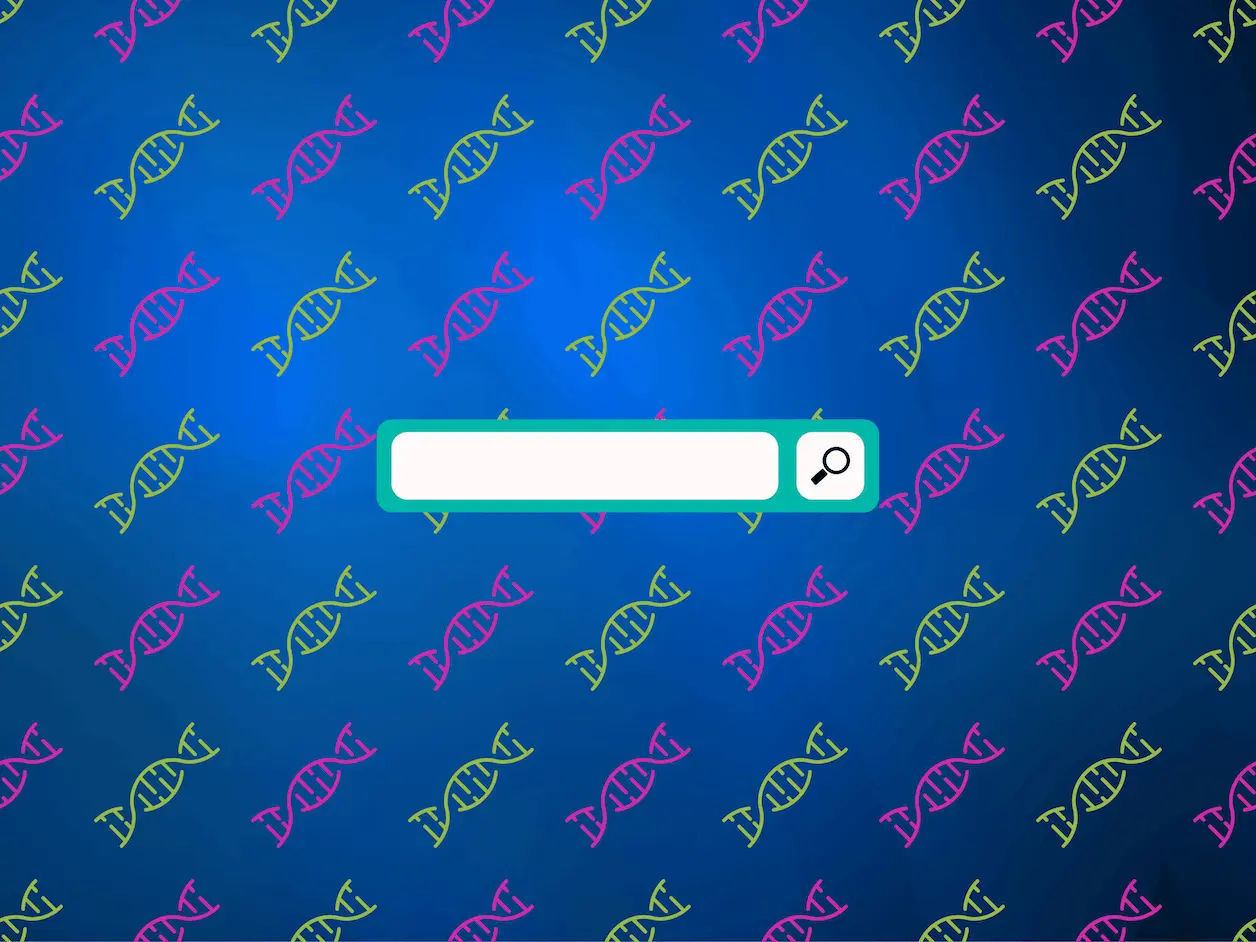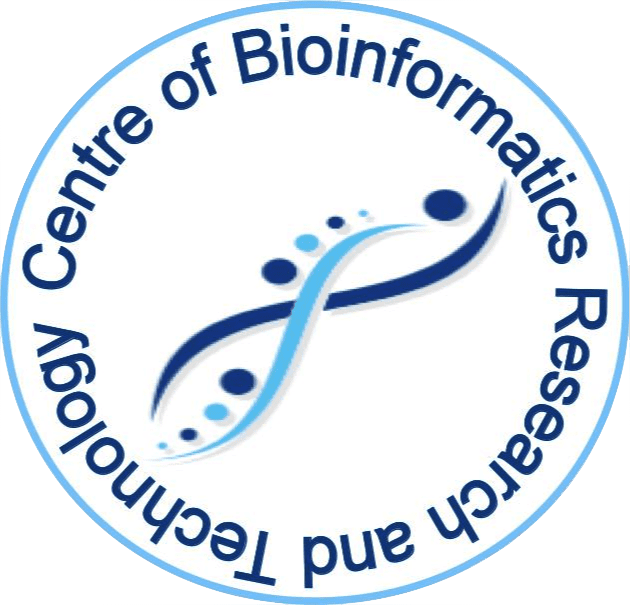Suppose there was a library where the whole instruction manual for every living organism on Earth could be found. It’s not science fiction, but projects such as “Indexing All Life’s Known Biological Sequences” are designed to try and accomplish this. In this case, the instructions refer to DNA and protein sequences that constitute the blueprints of life. Decoding these sequences is necessary to understand how organisms function, evolve, and relate to each other. However, searching and analyzing these sequences has become difficult due to increased biological data being generated. This is where MetaGraph comes in – a powerful new tool that functions like Google for DNA, which was developed by researchers to tackle the problem of managing massive biological sequence datasets.
Building a Catalog of Life’s Instructions
Our genetic information is written using nucleotides, which are essentially building blocks of RNA and DNA. Each living thing has its own set of these nucleotides arranged in an elaborate labyrinthine codebook. MetaGraph uses “De Bruijn graphs,” a smart strategy for representing these sequences efficiently. Think about it like a detailed map where each part represents a short sequence (called k-mer) while connections between sections show overlap between those k-mers.
MetaGraph employs an approach named “RowDiff compression” that can significantly cut down on storage needs. Imagine a complex spreadsheet where each row represents a k-mer, and each column stores information about that k-mer. Normally, such a record would be humongous, mostly empty. For RowDiff compression to work effectively, it only stores the differences between adjacent rows, thereby significantly reducing how much data must be held.
The Power of Effective Indexing
There are a lot of advantages to using MetaGraph. Researchers can compress data sets, thereby allowing for massive sequence datasets to be stored in one computer, making them easy to access for analysis. It makes the process of searching and querying this data much quicker. It is like looking for a book in an organized library as opposed to a chaotic warehouse.
Exploring the Tree of Life
The researchers went on to test MetaGraph using different types of datasets, such as:
The Microbial world: Bacteria, fungi, and other tiny organisms play an important role in maintaining the health of our planet. This will enable researchers to go further with understanding the immense genetic diversity seen in microorganisms.
Plants and Animals: The intricate genetics behind these diverse life forms can be understood through MetaGraph, which helps scientists determine how genetic information is assembled across organisms ranging from huge trees to majestic animals.
Human Health: MetaGraph can use human DNA sequences to identify genetic variants related to diseases, enabling personalized medicine approaches.
The Human Gut Microbiome: Trillions of microbes living inside human intestines determine whether our bodies are healthy or diseased. Consequently, by employing MetaGraph, investigators may study complex interactions between people and their intestinal inhabitants.
Microbes residing in our oceans: Global Oceans metagenomic data from oceanographic surveys enlighten us about the unseen world of microbes living in oceans.
Some cases and many more applications for MetaGraph are discussed below.
- Experiment discovery: Identify experiments that matter most based on specific genes.
- Resistomes and Phages Exploration: Analyze antibiotic resistance genes and viruses that exist within the gut microbiome using this meta-genomic technique.
- Re-aligning RNA-Seq data: Reanalyze RNA sequencing, a method to study gene expression, with better efficiency
Opening a New Chapter in Bioinformatics
MetaGraph Online takes the power of MetaGraph a step further. This web service provides a user interface through which users can access and query MetaGraph indexes. Just imagine being able to search extensive genetic information libraries from any corner of the world with a few clicks on your computer!
The new tool has the potential to transform bioinformatics as we know it now. Metagraph makes biological sequence data accessible and manageable, thus speeding up research for medical, agricultural, and evolutionary scientific advancements.
The Future of Biological Data Management
Challenges still exist despite the significant progress that MetaGraph has made. To keep up with the ever-growing data sets, which are being generated now and then by researchers, they will need to ensure that the information within MetaGraph is accurately and consistently represented.
Even so, the development of tools such as MetaGraph signifies a new era in biological data management. The hidden mysteries of life’s code are continuously being unlocked; hence, efficient indexing and analysis are essential for us to comprehend and use biology better.
Article Source: Reference Paper | Reference Article | MetaGraph is available online at https://metagraph.ethz.ch/search.
Follow Us!
Learn More:
















